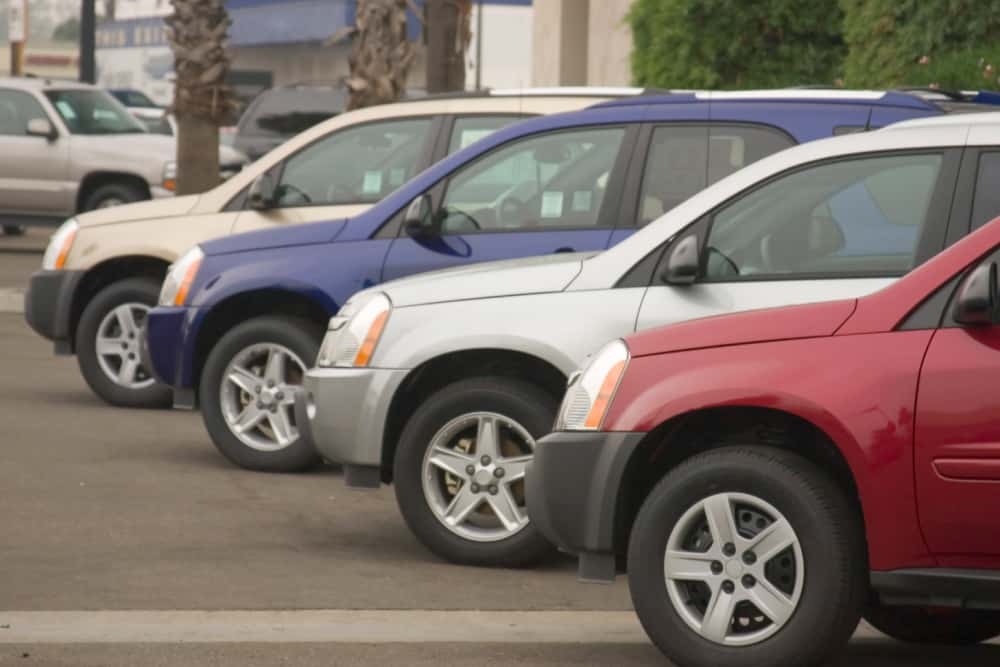
Here’s how to do a title search on a vehicle by VIN or license plate
A certificate of title is a legal document that signifies ownership of any asset, be it a car or a home. One needs this document when registering a vehicle with the state’s DMV. Individuals also require it when selling the vehicle or transferring ownership from one person to another. The certificate of title holds important information about the vehicle, including its make, model year, and unique vehicle identification number (VIN).
What is a VIN?
To conduct a title search on a vehicle, one needs its VIN. Car brands use this unique 17-digit alphanumeric code to identify individual units manufactured. Here’s all the information it holds:
Continent
The first character of the VIN indicates the country or continent in which the car was built. Numbers between 1 and 5 signify the vehicle was built in North America.
World Manufacturer Identifier (WMI)
The first three characters together signify which company/brand manufactured the car and the volume of cars they produced in the year. Together, these three characters make up the WMI.
Vehicle Descriptor Section
Characters 4 to 8 indicate the vehicle brand, engine size, and type, offering a brief description of the vehicle itself.
Check Digit
The next character identifies whether the manufacturer authorized the vehicle for use. It works as a security code to help manufacturers identify individually registered vehicles.
Model Year
Character number 10 shows the model year of the car.
Plant Code
Next comes a digit or letter that identifies the plant where the vehicle was assembled.
Manufacturer Identity
Like the plant code, the VIN also has a manufacturer identity to help determine who manufactured the vehicle.
Sequential Number
The last string of six characters is the car’s unique serial number, which can help prevent VIN fraud.
Where does one find the VIN?
The VIN can be found in several places inside and outside the car, such as:
The dashboard near the windshield, on the driver’s side of the vehicle
A metal plate or sticker on the driver’s-side door jamb
The engine’s firewall
The insurance documents
The owner’s manual
The vehicle title and registration
Conducting a title search by VIN
After locating the VIN, it is time to conduct the title search. This can be done either online or offline.
Online title search
This process is quite simple. After locating the VIN, simply visit a government or third-party title search website, such as the National Motor Vehicle Title Information System. Here, enter the unique VIN code and submit it. Doing so will bring up the report in a few minutes.
Please remember that some of these searches may be limited to a certain state. It is always a good idea to check the availability of title searches in the state before browsing online. Also, use a secure, verified site for these searches to ensure personal data is not compromised.
Another key factor to keep in mind is that these searches typically are not free, especially for those looking for detailed insights. The price will vary depending on the state in which one is located.
Offline title search
Those uncomfortable conducting a digital title search need not worry. If someone approaches the local DMV office, they may welcome title search requests. If visiting the office is inconvenient, sending an email inquiry is possible. Fill out the Request for Motor Vehicle Records (DSMV 505), send it by email, and pay the associated fee online. Please note that this process tends to be much slower than an online search.
Conducting a title search by license plate
In some states, conducting a title search may also be possible using the name, title number, or even the license plate number. Simply enter the vehicle’s license plate number online and request an official vehicle status report. This report comprises the vehicle’s history and lien information. Requesting these records from the state department is also possible by completing and signing a request for motor vehicle records.
Please note that when requesting the records for another person’s vehicle, the application must include a written letter of consent from them. These documents must be submitted along with a legible photocopy of one’s driver’s license and the specified fee. Some states may require more than one form of identification to process this request. The completed application must be sent to the state’s Department of Transportation office.
Why conduct a title search?
A title search can provide much information about a vehicle’s history, helping people make well-informed decisions when buying used cars. A simple title search will show details regarding the vehicle’s accident history, title changes, ownership history, vehicle recalls, any instances of vehicle tampering or airbag deployment, lien information, flood damage, repair records, and if the car has ever been used in a crime scene.
Conducting a title search is well worth the cost, given the information it reveals about a car. This information helps buyers confirm that the seller is honest about the vehicle and reduces the risk of getting scammed. Although it takes time and effort, a title search helps people get a good deal on the used vehicle and ensures they are satisfied in the long run.


